|
Gold has been in a rally for the last year. Since 2018, gold mining ETFs have almost doubled. Two of our hot slices are gold miners, so this is a great way to add performance to your portfolio. It’s also a reminder of how important annual rebalancing is. If you were annually rebalancing and you’ve had gold miners as hots since 2016, you’ve actually been able to double your money twice. Adding Heat to Your Investments A diversified portfolio has 10 funds, small, medium, large value, growth, and four hot slices. The hots are there to bring the heat. So, this is where you can invest in something that you think is emerging, and have a time-proven gauge of just how much you should be betting on this new industry, country or trend (like cryptocurrency). In investing, it’s never a good idea to be all in or all out on something. Hail Mary investments are similar to the Hail Mary football pass. When it works, it is epic – mythic even. Most of the time, however, you’re putting yourself at great risk for an interception – for the opposing team to score on your desperation. In investing, trying to score big often results in a buy high, sell low strategy. That is the case because investors who jump all in are often doing so because of a hot tip or a headline. By the time you hear about something, chances are the price is already too high. (In the worst-case scenario, it’s a pump and dump scheme, which happens far too often today.) When something falls completely out of favor and nobody’s talking about it, that’s a good time to be buying low. Of course, it won’t be on your radar if you’re used to acting on hot tips and headlines, so you’ll miss the true opportunity – unless you’re doing your homework and understand how to analyze beyond what you are reading in a marketing email or article. And that brings me to the importance of Annual Rebalancing. Annual rebalancing is an easy way to do exactly what you’re supposed to do in your nest egg. If you have your nest egg properly diversified and are able to mark it up an easy to understand pie chart, then your annual rebalancing allows you to buy low and sell high on auto pilot. When you are just looking at gains and losses on a summary page of your account, you’re actually tempted to do the opposite – the losing strategy of selling low and buying high. Here’s how it works. Annual Rebalancing is a Buy Low Sell High Plan on Auto-Pilot 1. Know What You Own. Mock up what you currently have into an easy to understand pie chart. Put all your large-cap growth funds and stocks in one slice, all your large cup values in one slice, all your mid-cap value into one slice, and the same for your mid-cap growth and small cap growth and value. Then put in the value of your four hot industries. You should then have 10 “at-risk” slices of your nest egg. If you have pages and pages and pages of holdings, and it’s not easy to mark them up into an easy to understand pie chart, that’s a red flag. Most people with those dozens of pages of holdings actually only have large-cap growth and large-cap value. They are not properly diversified – typically far overweighted in these two assets – and missing small and mid caps, hots. There is typically not enough safe, and what is safe is at risk of losing money. I’ve been doing second opinions on nest eggs for the past year, and I’ve discovered that even on the safe side many people are holding a lot more risk than they realize. I’ll discuss that later on in this blog. 2. Know What a Diversified, Time-Proven Plan Looks Like. Once you know what you own and have marked it up into an easy to understand pie chart, mark up a sample pie chart based upon your age and market conditions. (If you need help with this, email info @ NataliePace.com or call 310-430-2397. Also view the sample pie chart directly below.) If you are worried about it being the 11th year of the bull market, and are concerned about reports that the world economy is going to weaken this year, then just overweight a little safe. What’s the right answer on how much you should add safe? You could overweight anywhere between 0 to 20% safe. I find overweighting or underweighting based upon market conditions to be a far better tool than risk tolerance. The reason for that is very similar to why you don’t go all in or all out on any asset. The chances that you get it wrong are high. Risk tolerance measures your emotions. However, your emotions are a terrible investment tool. When the markets are super high and everybody is partying like it’s 1999, you’re tempted to buy high. That’s always a bad idea. When the markets tank, and everybody has lost half of their assets, which is what happened in the last two recessions, then most people are tempted to sell low because they’re worried that everything is going to go to hell in a handbasket. That’s a buy high, sell low plan, in other words, a losing strategy. 3. Get Hot. If you think that cryptocurrency is hot, or cannabis, technology, clean energy, gold or some country in South America, simply add that hot industry to one of your four hot slices. This adds performance to your portfolio when you’re right, and limits your losses when you are wrong. 4. Annual Rebalancing. And here is where annual rebalancing comes in. Each year, mark up what you have, You’ll notice that some of your at-risk slices have gotten fatter and some have gotten thinner. The fat slices have made a lot of gains. Trimming them back to the right size is selling high. The thin slices need to get beefed up a little bit. A slice has gotten thinner because the price is lower. So, when you buy more, you’re buying low. This simple strategy would have saved your nest egg from the Great Recession and the Dot Com Recession. It also would have allowed you to make even more gains on gold. 5. Gold Miner ETFs Have Doubled in the Last Few Months. RING, the iShares MSCI Global Gold Miners ETF, was trading at $23.79 on August 26, 2019. On September 14, 2018, you could have purchased that fund for $13.33. The current gold rally actually began in 2016. On January 26, 2016, you could have purchased RING for $10/share. And here is where annual rebalancing could have really enhanced your gains in the gold miners. By August of 2016, RING was at $26/share. So, if you were rebalancing 1-3 times a year (which is a good strategy), then when you noticed that your one or two slices of gold were now four slices, that’s your signal to sell high and trim back to the exposure that you want. You could have captured your double gains in August 2016, and then purchased more at a lower price in in December 2016 or September 2018. Here again, you would be in a position to consider capturing gains. Also note that the hot industry on my sample pie chart is gold miners specifically, not just the price of gold. The reason for that is that, at the time, gold prices were down about 38% from the all-time high. Gold miners were down 75%. So, the upside potential for gains was far greater in the gold miner stocks – which has proven to be the case. While gold miners have doubled this year, gold prices are up 19.7%. 6. Each Year What’s Hot (and What’s Safe) Can Change, so in addition to doing your annual rebalancing and trimming back your slices of small, medium, large, value and growth, you’re going to be evaluating what is hot and what is safe. So, for instance, if gold is an asset that typically goes up when stocks go down, and goes up if the dollar weakens, and both stocks and the dollar are very high right now, then you might predict that weakness in those assets, which is predicted to start later this year, might extend the gold rally. In that case, you wouldn’t sell off your gold slices and replace them with another asset. In fact, if your one slice of gold has doubled, you might consider keeping two slices of gold at this time. Cannabis is the fastest growing industry on Wall Street. There’s nothing that comes close. Look at these gains in revenue growth on the stock report card below. The problem with cannabis is that the industry is very, very volatile. Tilray is the poster child of that. Tilray is currently trading under $30 a share. In September 2018, it was trading at $300 per share. So, you have to play this industry more like a trader than a nest egg slice. Another challenge for cannabis is that the industry is so new that there are not any established cannabis funds. You’re not going to be able to find a Black Rock or Invesco or Goldman Sachs ETF. So you are going to have to create your own mini fund of individual stocks. When you combine the volatility of individual stocks with the volatility of cannabis, then you’re really going to have to babysit your holdings. You’ll need to cherry pick the great companies from the laggards. (There are even still some penny pot stock scams lurking in the shadows.) You’ll need to buy low and sell high, rather than just wait for your 1-3 times per year rebalancing moment. Limit orders can help you to do this. (This is something that I teach in my Investor Educational Retreats and Stock Master Class.) 7. What’s Safe? For anyone over the age of 40, the biggest slice of your pie will be the safe side. It will actually be more difficult to stay buoyant in the next recession because bonds are what saved the day in 2000 and 2008. This time, interest rates are starting out too low for bonds to be of much help. So, you need to understand what’s safe in today’s world. Bonds lost money last year and are more vulnerable than you might be aware of. Over 50% of the investment grade companies are at the lowest rung, just above junk status. Also, most bond funds can have up to 20% junk bonds in them. Money market funds have liquidity fees and redemption gates. Annuities are the only investment product I know where you lose money the minute you purchase them. Also there are no guarantees for annuities. They are not FDIC insured. So, if the insurance company that is holding your insurance or annuity gets into trouble, like AIG and many insurance companies did before we bailed them out in 2008, your future is at risk. Insurance companies typically do poorly in market downturns because they invest heavily in stocks. The Bottom Line Getting hot is a performance enhancer for your nest egg in any market. Being properly diversified is critically important in all markets, both Bull and Bear. Annual rebalancing is by low sell high on auto pilot for your nest egg, and is the single most important factor for protecting your assets and increasing your performance. Proper diversification, getting hot and knowing what is safe in a world where bonds and stocks lost money in 2018 is important to do right now – before the next downturn. If you wait for the headlines that the economy is in trouble, it will be too late to protect yourself. The 2nd estimate of the 2nd quarter GDP growth will be released this Thursday, August 29, 2019 at 8:30 am ET. The advance estimates were very weak at 2.1% -- compared to the 1st quarter growth of 3.1%. Many economists are predicting an even weaker 2nd half of 2019, for an annual GDP growth gain of just 2.1% on the year. If you'd like to learn stock picking strategies from a #1 stock picker, join Natalie Pace in one of her investor educational retreats. (See links below.) Click to access a link to Natalie Pace's bio. Other Blogs of Interest The Gold Bull Market Has Begun. The We Work IPO. The Highs and Hangovers of Investing in Cannabis. Recession Proof Your Life. China Takes a Bite Out of Apple Sales. Will the Dow Hit 30,000? A Check Up on the Economy Red Flags in the Boeing 2Q 2019 Earnings Report The Weakening Economy. Think Capture Gains, Not Stop Losses. Buy and Hold Works. Right? Wall Street Secrets Your Broker Isn't Telling You. Unaffordability: The Unspoken Housing Crisis in America. Are You Being Pressured to Buy a Home or Stocks? What's Your Exit Strategy? Will the Feds Lower Interest Rates on June 19, 2019? Should You Buy Tesla at a 2 1/2 Year Low? It's Time To Do Your Annual Rebalancing. Cannabis Crashes. Should You Get High Again? Are You Suffering From Buy High, Sell Low Mentality? Financial Engineering is Not Real Growth The Zoom IPO. 10 Rally Killers. Fix the Roof While the Sun is Shining. Uber vs. Lyft. Which IPO Will Drive Returns? Boeing Cuts 737 Production by 20%. Tesla Delivery Data Disappoints. Stock Tanks. Why Did Wells Fargo's CEO Get the Boot? Earth Gratitude This Earth Day. Real Estate is Back to an All-Time High. Is the Spring Rally Over? The Lyft IPO Hits Wall Street. Should you take a ride? Cannabis Doubles. Did you miss the party? 12 Investing Mistakes Drowning in Debt? Get Solutions. What's Hot in 2019? The Debt Ceiling Was Hit (Again) on March 1, 2019. How Bad Will the GDP Report Be? 2019 Investor IQ Test The State of the Union CBD Oil for Sale. The High Cost of Free Advice. Apple's Real Problem in China: Huawei. 2019 Crystal Ball. 2018 is the Worst December Ever. Will the Feds Raise Interest Rates? Should They? Learn what you're not being told in the MSM. Why FANG, Banks and Your Value Funds Are in Trouble. When the Santa Rally is a Loser, the Next Year is a Bigger Loser. Russia Dumps Treasuries and Buys Gold OPEC and Russia Cut Oil Production. Important Disclaimers Please note: Natalie Pace does not act or operate like a broker. She reports on financial news, and is one of the most trusted sources of financial literacy, education and forensic analysis in the world. Natalie Pace educates and informs individual investors to give investors a competitive edge in their personal decision-making. Any publicly traded companies or funds mentioned by Natalie Pace are not intended to be buy or sell recommendations. ALWAYS do your research and consult an experienced, reputable financial professional before buying or selling any security, and consider your long-term goals and strategies. Investors should NOT be all in on any asset class or individual stocks. Your retirement plan should reflect a diversified strategy, which has been designed with the assistance of a financial professional who is familiar with your goals, risk tolerance, tax needs and more. The "trading" portion of your portfolio should be a very small part of your investment strategy, and the amount of money you invest into individual companies should never be greater than your experience, wisdom, knowledge and patience. Information has been obtained from sources believed to be reliable however NataliePace.com does not warrant its completeness or accuracy. Opinions constitute our judgment as of the date of this publication and are subject to change without notice. This material is not intended as an offer or solicitation for the purchase or sale of any financial instrument. Securities, financial instruments or strategies mentioned herein may not be suitable for all investors. Comments are closed.
|
AuthorNatalie Pace is the co-creator of the Earth Gratitude Project and the author of The Power of 8 Billion: It's Up to Us, The ABCs of Money, The ABCs of Money for College, The Gratitude Game and Put Your Money Where Your Heart Is. She is a repeat guest & speaker on national news shows and stages. She has been ranked the No. 1 stock picker, above over 830 A-list pundits, by an independent tracking agency, and has been saving homes and nest eggs since 1999. Archives
July 2024
Categories |

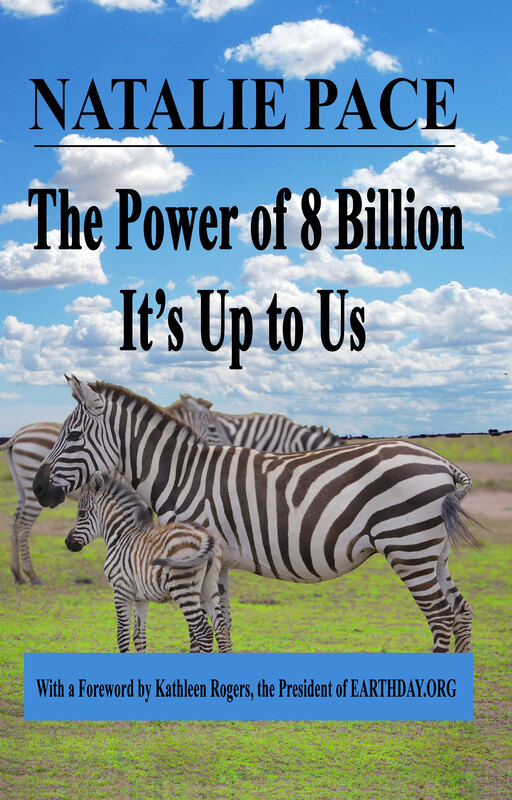
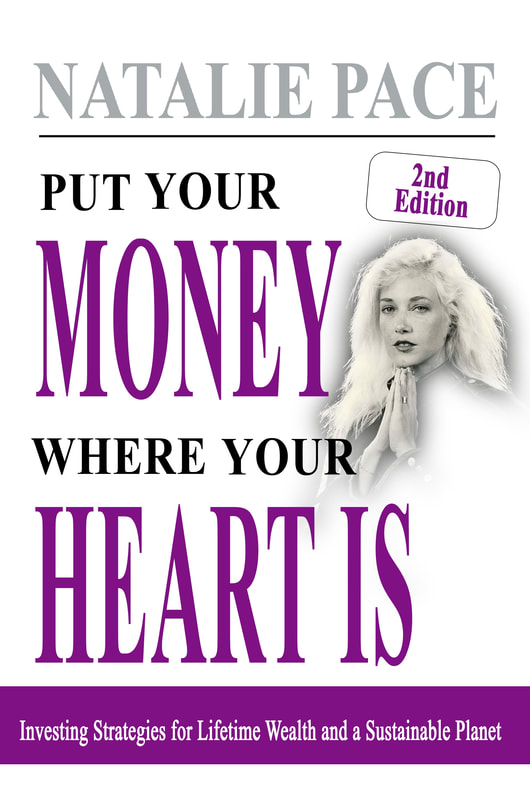
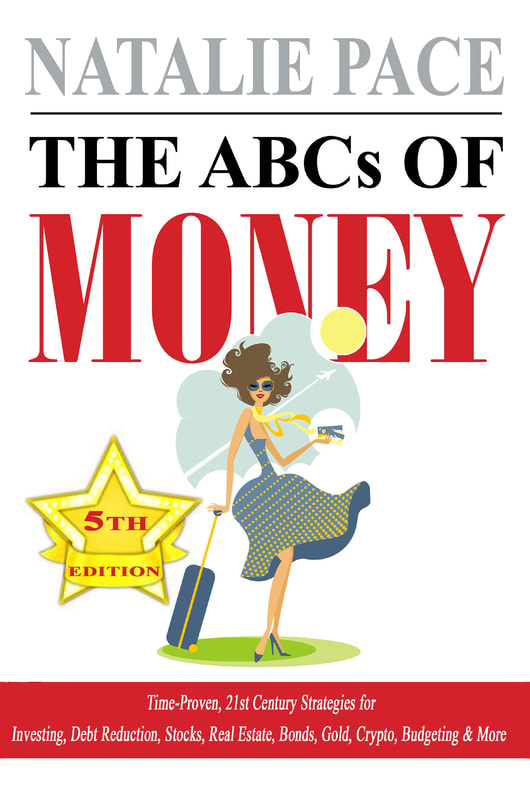

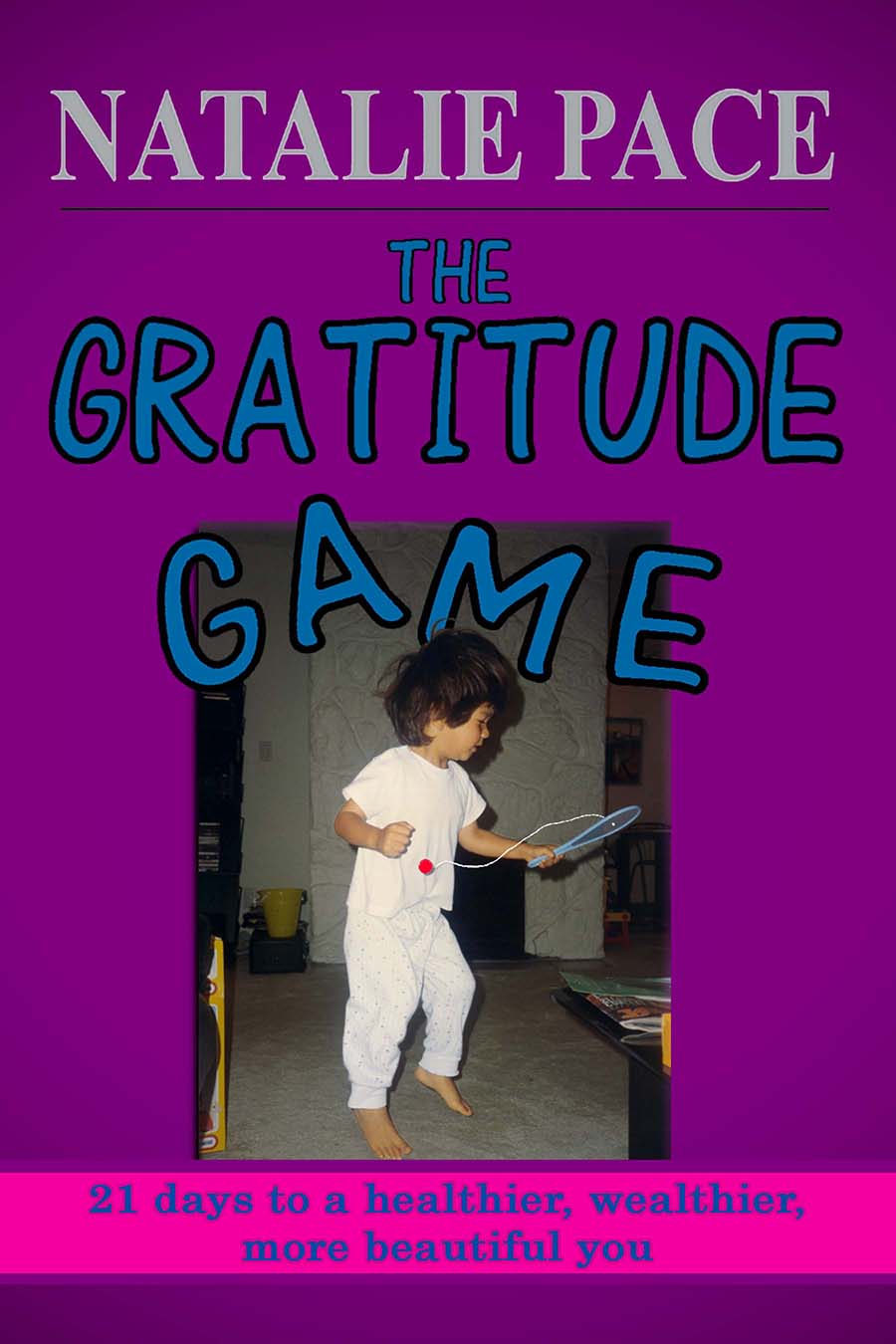

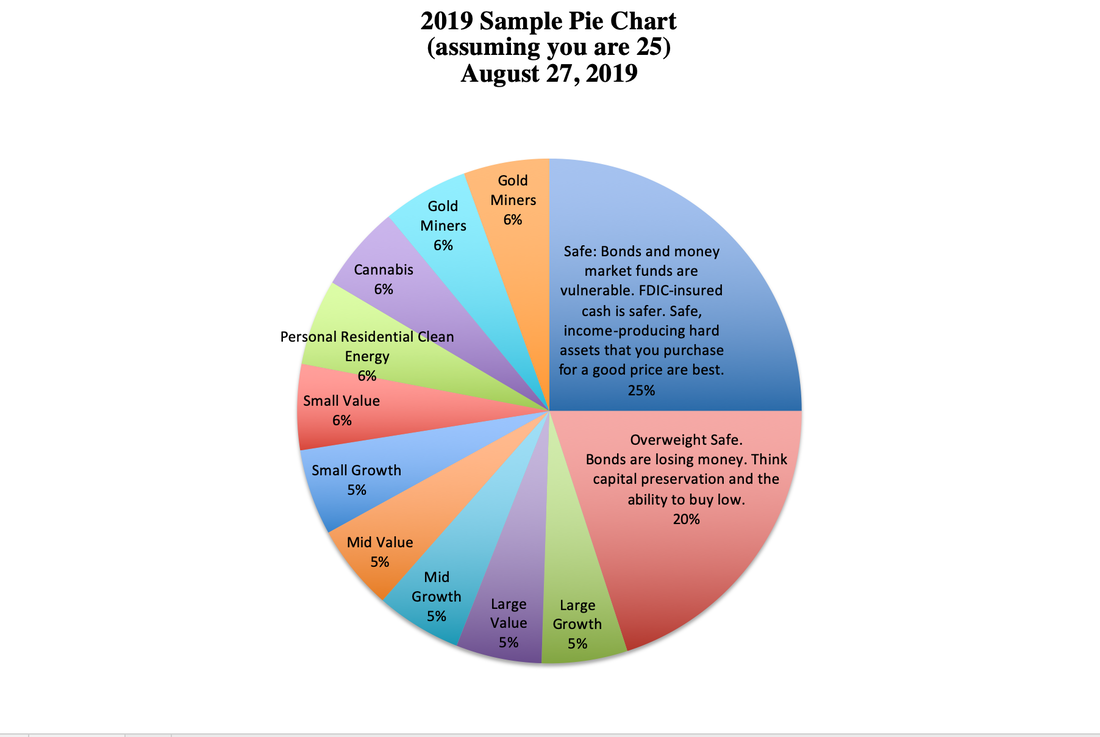
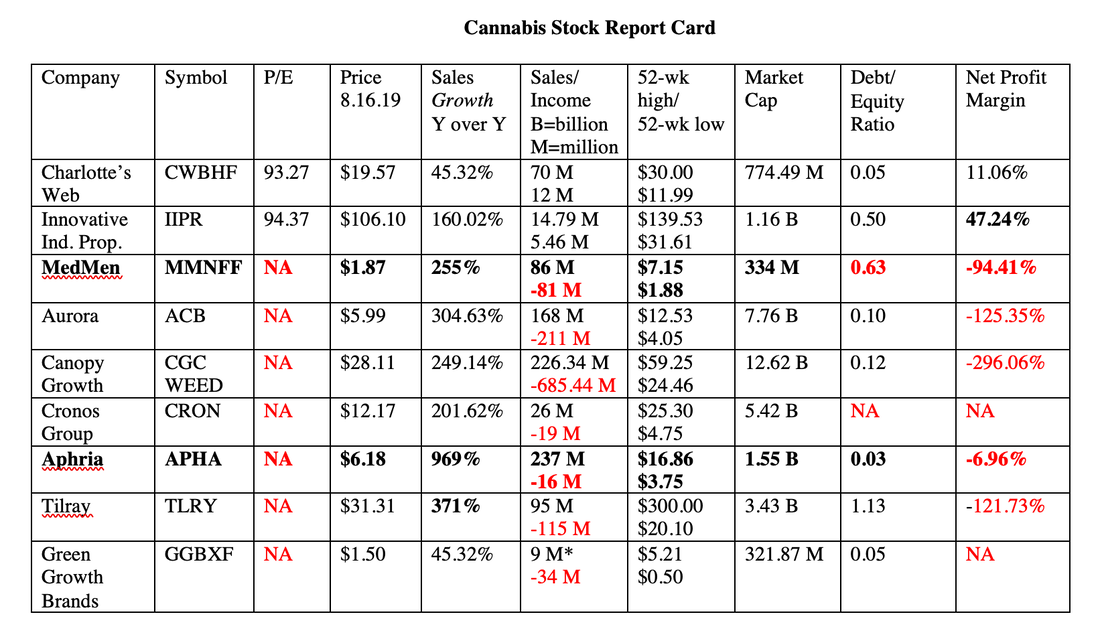
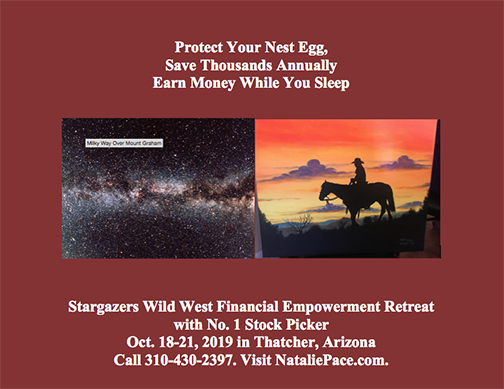
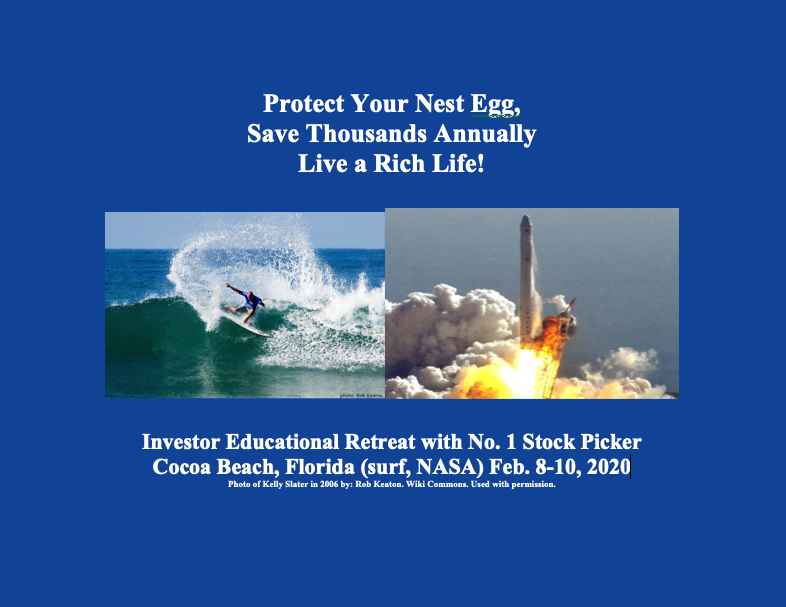

 RSS Feed
RSS Feed